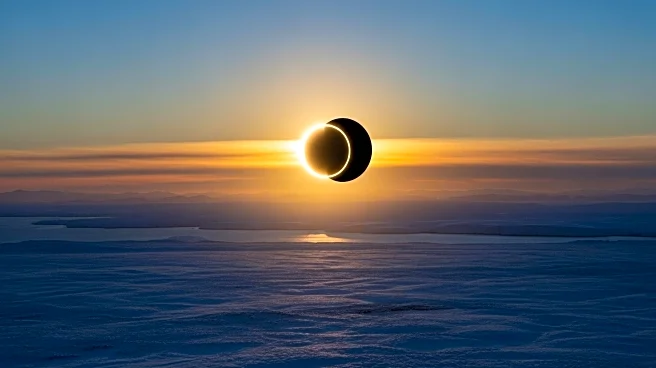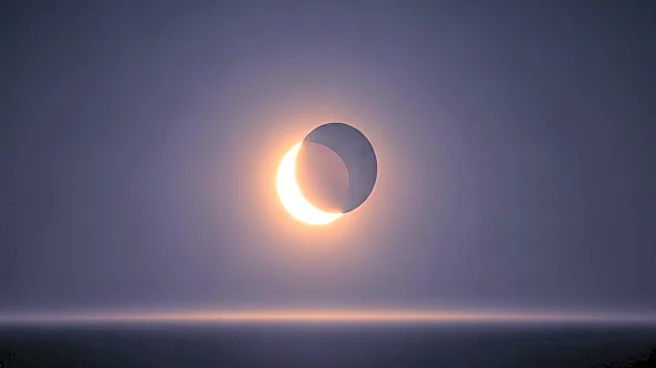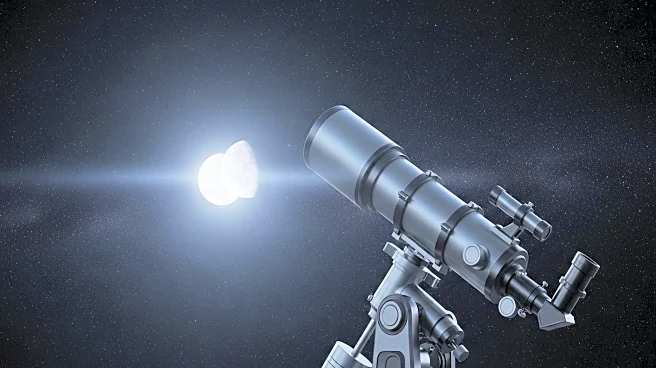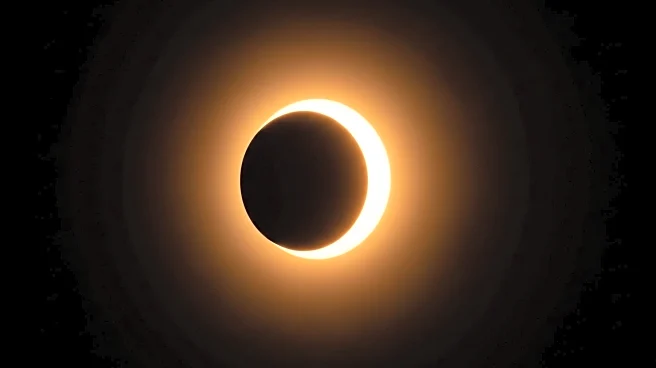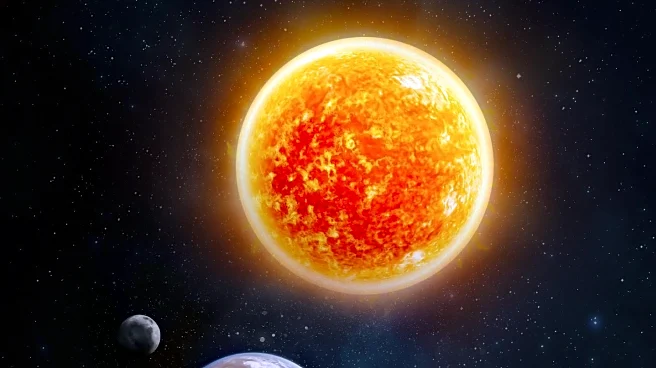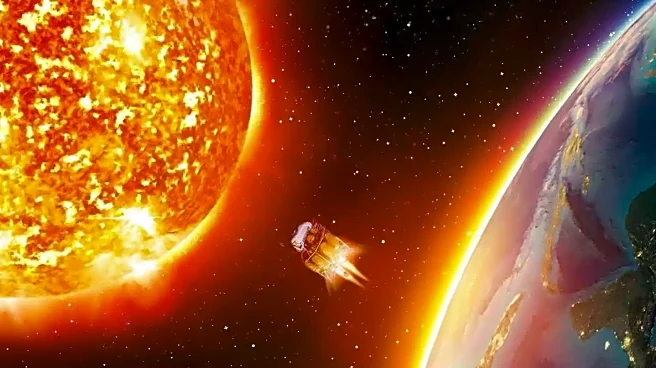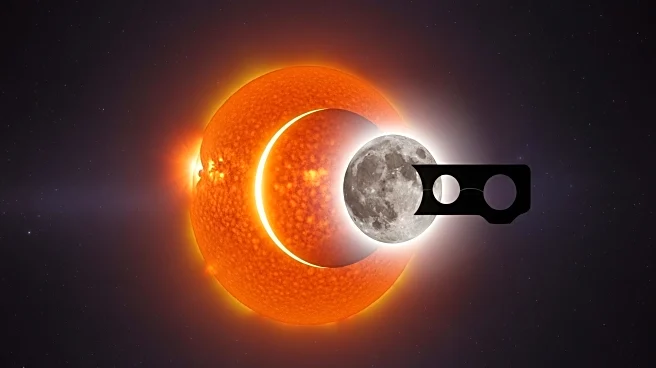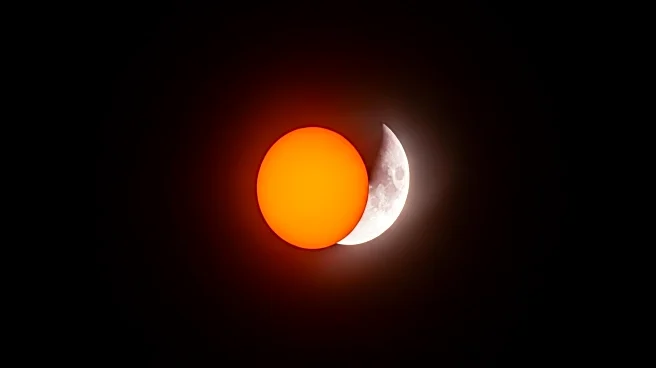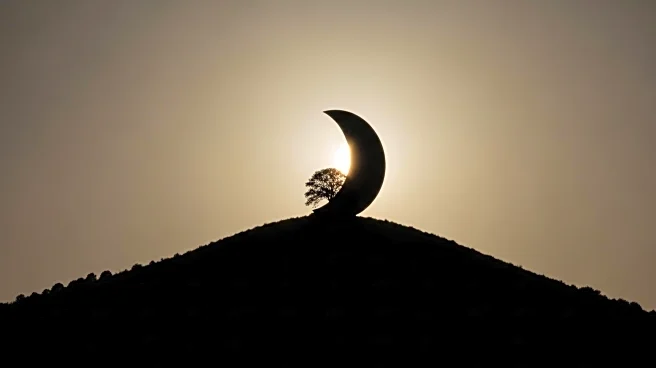What's Happening?
The final solar eclipse of 2025 is occurring today, visible in regions such as Antarctica, Australia, New Zealand, and parts of the Pacific and Atlantic Oceans. According to space.com, the eclipse will be visible in Antarctica from 4:49 a.m. to 6:53 p.m. local time, in Australia from 6:13 a.m. to 7:36 a.m., and in New Zealand from 5:41 a.m. to 8:36 a.m. However, it will not be visible in India as the event takes place after sunset there. Indian astronomy enthusiasts can watch the eclipse via online live streams. The next solar eclipse is scheduled for February 17, 2026, with visibility in Antarctica and partial views in Africa, South America, and parts of the oceans.
Why It's Important?
Solar eclipses are significant astronomical events that attract global attention and offer opportunities for scientific study. They provide insights into celestial mechanics and the dynamics of the Sun and Moon. For regions where the eclipse is visible, it can boost local tourism and interest in astronomy. The inability to view the eclipse in India highlights the importance of global cooperation in sharing astronomical data and experiences. The event also underscores the need for proper eye protection when viewing solar eclipses, emphasizing public safety and awareness.
What's Next?
The next solar eclipse will occur on February 17, 2026, offering another opportunity for observation and study. This upcoming eclipse will be an annular solar eclipse visible in Antarctica, with partial views in Africa, South America, and parts of the oceans. Preparations for safe viewing and scientific research are expected to begin well in advance, with potential collaborations between international astronomical organizations.

